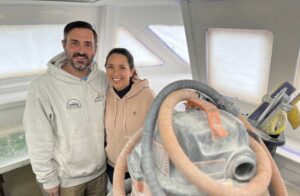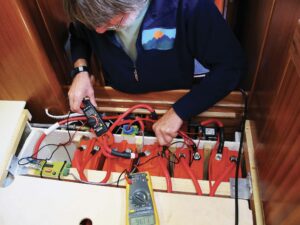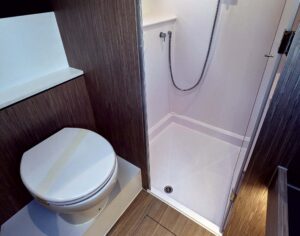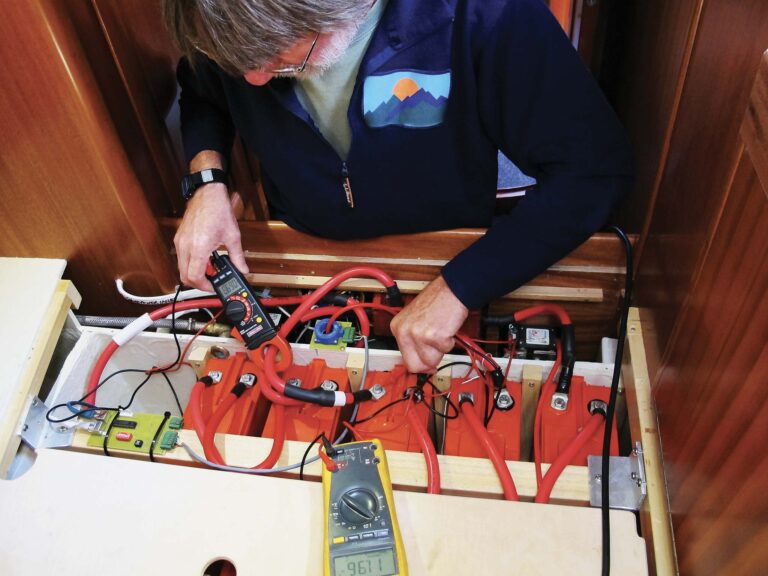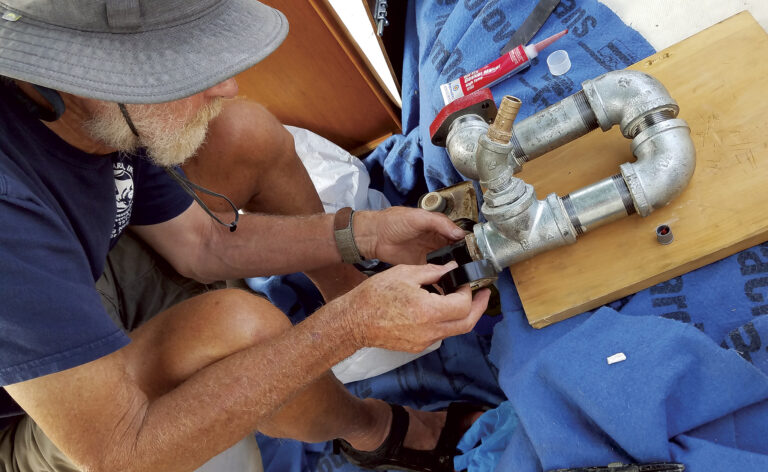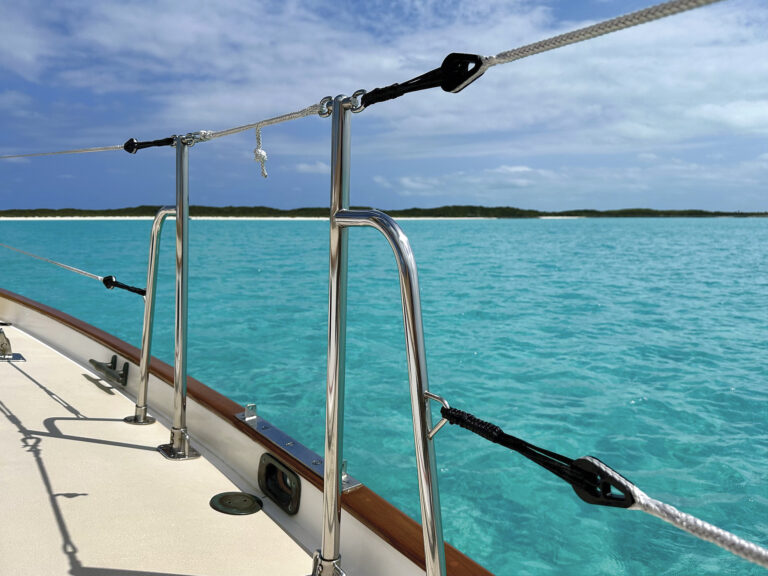
Ever had refrigerator angst? It’s a dreadful state of mind that consumes you when your reefer doesn’t deliver the goods. It’s been known to paralyze cruisers for weeks on end, trapping them in exotic ports while they lay in wait for that rare, elusive creature known as a marine refrigeration technician.
I suffered it myself for a short time last summer, after I accidentally discharged the refrigerant from the new fridge unit I had installed. Several months later, after having been repeatedly let down by not one, but two different professionals, and suffering a summer of having to tote heavy coolers on board—the very thing I’d hoped to avoid by installing a fridge—I decided it was time to man up and do it myself.
Reading assorted treatises on marine refrigeration only elevated my angst. Various experts on web forums warned direly of the dangers of getting air into the system, failing to purge the refrigeration gauges, overcharging with refrigerant and blinding oneself with escaping gases.
On the other hand, I knew that topping up the charge in a car’s AC system is such a simple DIY task that the refrigerant and hoses are readily available in auto-supply stores. Surely, if any doofus can top up a car’s AC system, any doofus should be able to top up a marine fridge? It was time to find out.
It helped that I knew why my fridge needed a charge: soon after installing the Isotherm fridge unit I had undone one of the Danfoss BD35 compressor’s quick-fit couplings to make room for the galley sink drain hose, and heard a distinct hiss as the gas made good its escape. Had there been an unidentified leak, the repair would have involved tracing and repairing it, then sucking air and moisture out of the system with a vacuum pump before recharging. More than likely, this would have required the services of one of those elusive professionals.








Photos by Pip Hurn

